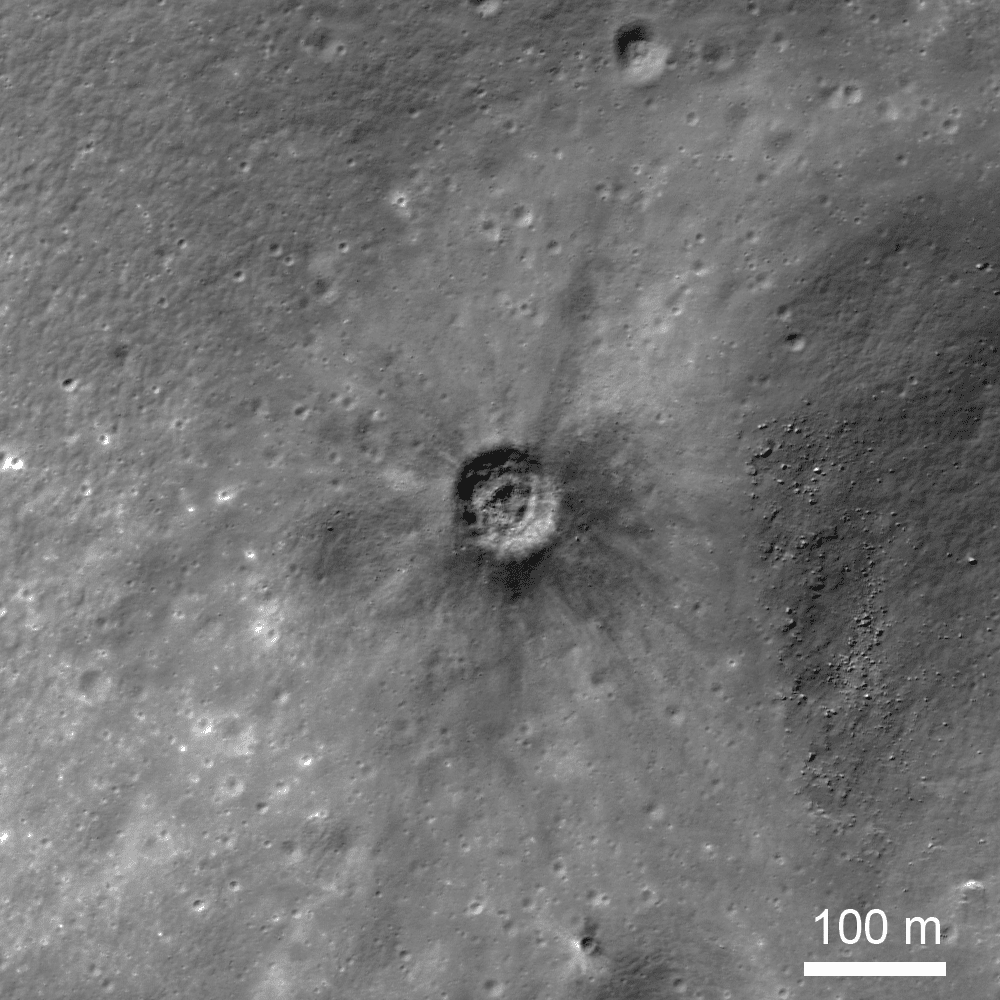Chandrayaan-3’s Vikram lander successfully kicked up over 2 tonnes of lunar soil, creating an ‘ejected halo’ effect. This indicates the forceful ejection of lunar material during its landing.
In a 2023 publication in the Journal of the Indian Society of Remote Sensing, a study conducted by Singh S. Chauhan, P.Roy, and their team delves into the characterization of the ejecta halo found on the lunar surface surrounding the Chandrayaan-3 Vikram lander. They accomplished this through the analysis of OHRC imagery.
On August 23, 2023, during its descent, the Chandrayaan-3 Lander Module created a remarkable lunar material ‘ejecta halo.’
According to researchers from NRSC/ISRO, they approximated that roughly 2.06 metric tons of lunar surface material were expelled and spread across an approximately 108.4 square meters region near the landing location.
On the 23rd of August 2023, the Chandrayaan-3 mission’s Vikram lander successfully touched down near the lunar south pole. However, during its descent and landing, a considerable amount of lunar surface material, known as epi-regolith, was forcefully expelled, creating what scientists have termed a ‘reflectance anomaly’ or an ‘ejecta halo.’ This ejecta halo is essentially an irregular bright patch that surrounds the lander and was a direct result of the landing process.
To gain a better understanding of this phenomenon, researchers conducted a detailed comparison of high-resolution panchromatic images acquired by the Orbiter High-Resolution Camera (OHRC) on the Chandrayaan-2 orbiter. These images were taken shortly before and after the Vikram lander’s landing event. Through this analysis, they were able to characterize the ejecta halo, which is a distinctive feature in these images, appearing as a bright and uneven area encircling the lander’s landing site.
In their investigation, the scientists meticulously mapped and classified the individual, unrelated pixels within the ejecta halo. Based on their analysis, they estimated that the ejecta halo covered an approximate area of 108.4 square meters. Moreover, utilizing empirical relationships and data, they made an approximate calculation that around 2.06 metric tonnes of lunar epi-regolith were ejected during the landing
event.
This research and the insights gained from it contribute to a deeper understanding of lunar surface dynamics and the effects of landing activities on the moon, marking a significant milestone in lunar exploration.
